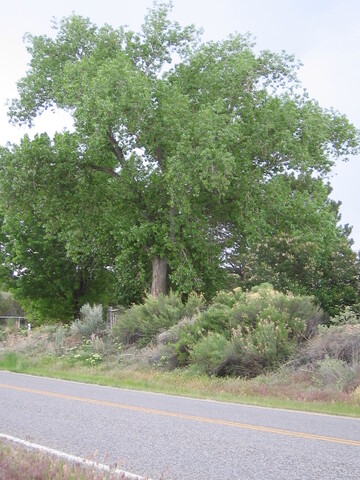
Arbor Day is approaching. It's a day in which the Arbor Day Foundation encourages people to plant, nurture and celebrate trees. Arbor Day Foundation CEO Dan Lambe points out many positive aspects of trees.
Trees help to transform the communities in which they grow. Many people say they feel calmer and happier around trees.
"Trees are the most scalable and cost-effective tool in the fight against climate change," Lambe said in an article he wrote for Treehugger News on March 23. "Trees clean the air and vacuum up carbon. They foster biodiversity and support critical habitats."
Many animals and insects call trees home. Among them are lemurs, butterflies, bats, bears, frogs, birds and squirrels.
Trees help to make neighborhoods cooler and more comfortable in warm weather. That means people don't have to spend quite as much money keeping their homes cool in the summer.
Trees also help to improve many people's blood pressure. Their mental health improves and their creativity blossoms when they're around trees.
If trees grow near streams, rivers and irrigation ditches, they help to clean and filter the water. They play so many important roles in helping us to be healthier and happier.
In many parts of the United States, Arbor Day is celebrated the last Friday of April. However, some states schedule Arbor Day at a time that better coincides with local planting times. For example, in Hawaii it's celebrated on the first Friday in November. Alaska celebrates it the third Monday in May. In New Mexico, Arbor Day is the second Friday in March. To find out when Arbor Day is in your state, visit https://www.almanac.com/content/arbor-day-history-facts-date/.
Lambe says the Arbor Day Foundation is the largest nonprofit membership organization dedicated to planting trees. Arbor Day is a great day for anyone who cares about trees to plant, nurture and celebrate them. After all, they do so much to help us.
